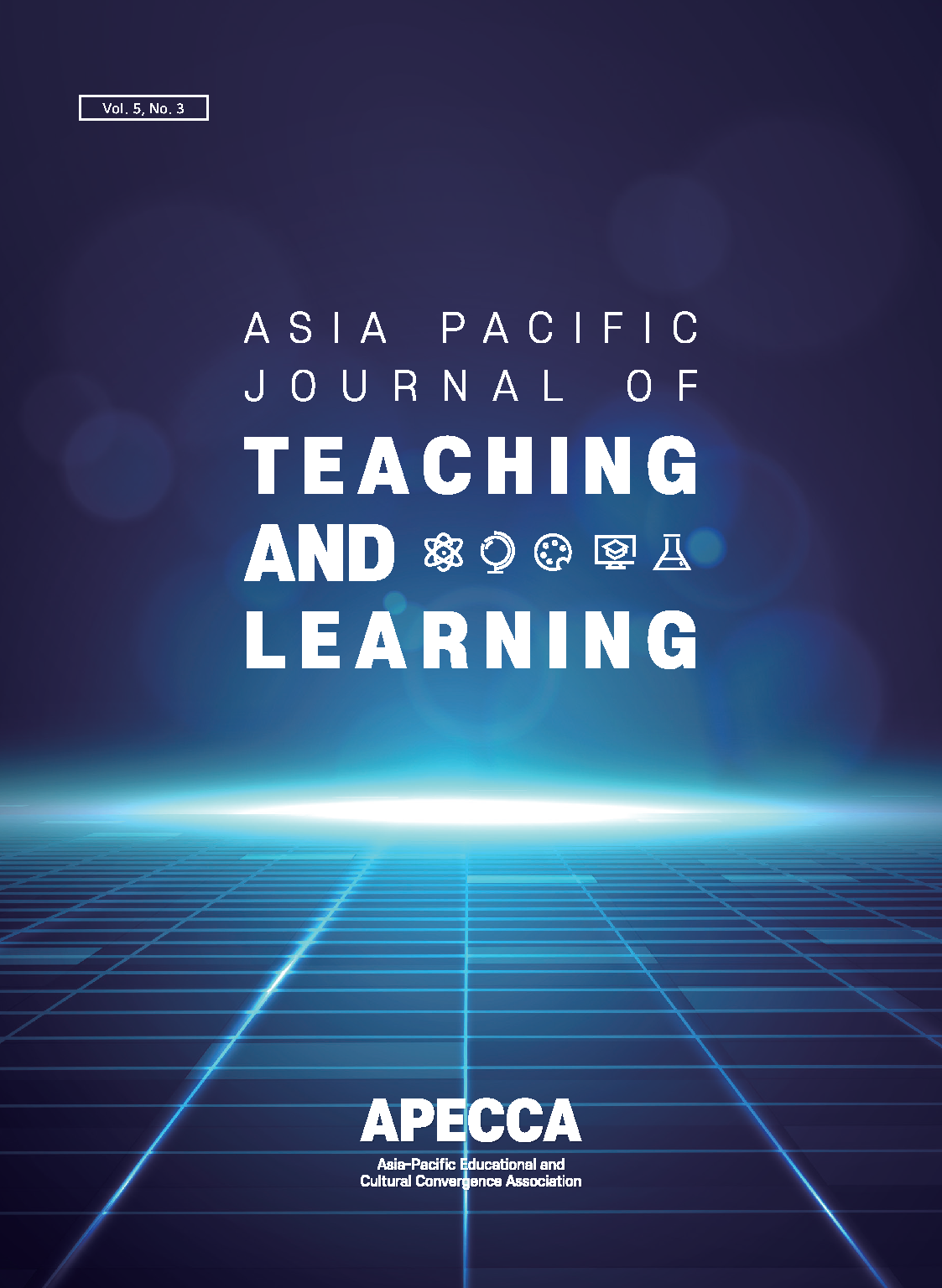학술논문
Classification and Characteristics of Children’s Museums in Korea
이용수 0
- 영문명
- 발행기관
- 아시아태평양교육문화융복합학회
- 저자명
- Sujin Kim
- 간행물 정보
- 『Asia Pacific Journal of Teaching and Learning』제5권 제3호, 29~45쪽, 전체 17쪽
- 주제분류
- 사회과학 > 교육학
- 파일형태
- 발행일자
- 2025.09.30
4,840원
구매일시로부터 72시간 이내에 다운로드 가능합니다.
이 학술논문 정보는 (주)교보문고와 각 발행기관 사이에 저작물 이용 계약이 체결된 것으로, 교보문고를 통해 제공되고 있습니다.

국문 초록
Purpose : This study aims to propose a classification system for children’s museums in Korea and identify their core characteristics. It seeks to broaden the concept of children’s museums beyond traditional definitions such as “hands-on,” “interactive,” and “play-based” approaches, emphasizing the need for a more inclusive framework.
Method : An empirical cross-case analysis of 124 institutions in Korea was conducted. Children’s museums were categorized by operating entity (national, public, private, and university), institutional affiliation (independent, affiliated, and designated exhibition room), disciplinary focus (comprehensive, history, science, art, convergent, and specialized), and age policy (age-specific zones, children-required for entry, and all-inclusive access). This analytical framework enabled a systematic understanding of the diversity and organizational structure of children’s museums in Korea.
Results : The findings highlight five characteristics of children’s museums in Korea: (1) their role as vital community educational resources; (2) increased recognition of independent institutions; (3) institutionalization of designated exhibition rooms while facing sustainability challenges; (4) diversification of disciplinary foci and exhibition strategies; and (5) a growing trend toward age-specific spatial design.
Conclusion : The study identifies evolving practices in children’s museums in Korea, including portable outreach exhibits, varied disciplinary foci, hands-off object displays, participatory formats, aesthetically designed educational spaces for children, diverse uses of digital media, orientation zones for novice adult visitors, and age-specific sub-zones. As these institutions continue to evolve, future research should explore spatial strategies, apply developmental theories, and develop evaluation tools to enhance their educational value and inclusivity.
영문 초록
목차
I. Introduction
II. Research Method
III. Characteristics of Children’s Museums in Korea
IV. Discussion
References
해당간행물 수록 논문
참고문헌
관련논문
사회과학 > 교육학분야 BEST
- 학업적 자기효능감 척도 개발 및 타당화 연구
- 제4차 산업혁명시대의 인간상과 교육의 방향 및 제언
- 미국 고교학점제의 특징과 한국 고교학점제 시행을 위한 정책적 시사점: 노스캐롤라이나 주의 운용 사례를 중심으로
사회과학 > 교육학분야 NEW
- 인공지능 시대, 민주시민에서 생태시민으로: ‘다름’의 관계적 의미와 생태전환교육의 함의
- 초등영어학습자의 글로벌 리터러시 기반 글로벌 시민의식 함양을 위한 예비교사의 수업 설계·구현 방안
- 대학 담임제도가 교원 이직에 미치는 영향: 중국 산시성(山西省)의 G 대학 사례를 중심으로
최근 이용한 논문
교보eBook 첫 방문을 환영 합니다!

신규가입 혜택 지급이 완료 되었습니다.
바로 사용 가능한 교보e캐시 1,000원 (유효기간 7일)
지금 바로 교보eBook의 다양한 콘텐츠를 이용해 보세요!



